- Umang Sagar
- History, Recent article
Maratha Empire

Maratha Empire And Its Origin
The Maratha Empire is often referred to as the “first modern Indian empire.” The Maratha Empire was an Indian kingdom that emerged in 1674 under the rule of Shivaji and his son Sambhaji. The Maratha Empire was founded by Raja Shivaji in 1674. It was later expanded by his son Sambhaji and grandson Shahaji, who brought most of the present-day Maharashtra state under their control.
The Maratha Empire was initially a confederacy of Deccan sultanates and rapidly became a prominent military power during the 17th century. Shivaji led a group of Marathi warriors to establish Hindavi Swarajya (self-rule) in 1674 and set up his capital at Raigad, near present-day Pune. At its peak, the empire covered much of southern Asia, from what is now Bangladesh to Pakistan in the west, UP to Bengal in the east, and as far south as Hyderabad (then a province).
The Maratha Empire played an important role in Indian politics and influenced the development of India’s federal political system, which was established in 1935 as a republic within British India with freedom for all religions on an equal basis.
The legacy of the Maratha Empire continues to influence contemporary India’s politics and society.
This article will introduce you to the origins of this powerful empire, its geographical impact on India, its legacy today, as well as some interesting facts about it.
Geographical Impact of the Maratha Empire
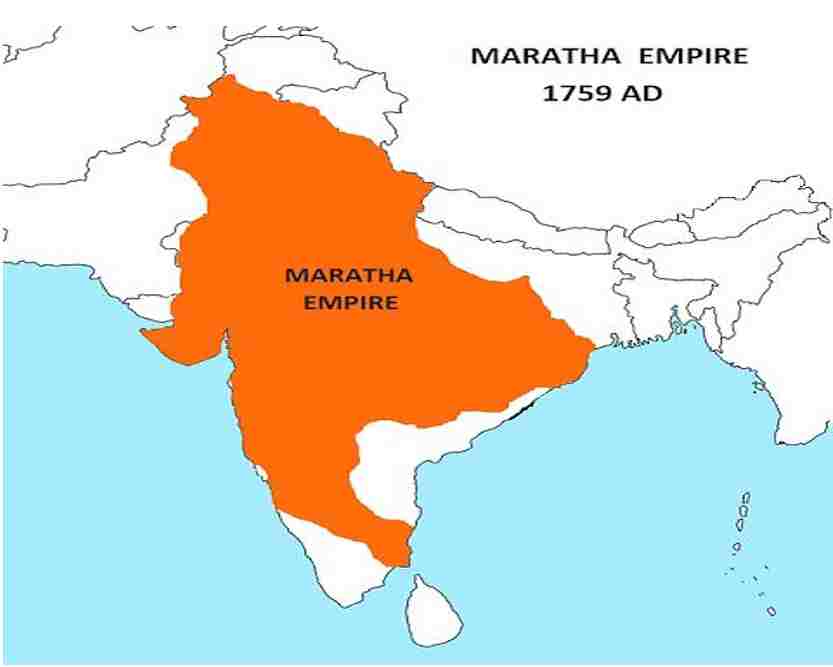
- The Marathas were known for their mobility and large armies, which allowed them to prevail in the Maratha Wars against the Mughals, who eventually gave way to them. This resulted in a large part of the Indian subcontinent coming under the control of the Marathas, bringing about a profound change in its geography. As they continued to expand their boundaries and wrest territories from the Mughal rule, they established their imperial status as one of the regional powers and carved out an empire over a vast area. It controlled almost all of central and western India and a large part of present-day Madhya Pradesh, Karnataka, Telangana, Andhra Pradesh, and many other states. The Maratha Empire also provided stiff resistance to the British colonial period for a long time before it was defeated in 1818 after the Third Anglo-Maratha War. This huge empire covered most parts of India, from Maharashtra to Bengal, before its formal annexation to the British East India Company, which ended an era of Maratha hegemony over the Indian political landscape. Shivaji and his successors worked tirelessly to establish a powerful Maratha Empire in India. People in the territories accepted the Marathas as their rulers due to their commitment and dedication to promoting a traditional Hindu state. The Maratha cavalry played an important role in maintaining their imperial hegemony, which was further strengthened by the imposition of Sardeshmukhi in the 18th century. Thus, this empire had a significant geographical impact on the Indian subcontinent during the 17th and 18th centuries when most parts were under their control before they were finally annexed into the British colonial period in the 19th century.
Maratha Empire During Peshwas
- The Maratha Empire, with its Maratha Chiefs, Maratha King, and great Peshwas, was the foremost power in India during the 18th century. The Bhat family, a powerful clan of Brahmins, was responsible for bringing together the various clans of Maharashtra and forming a powerful confederacy that made it one of the strongest powers in India. The Peshwas were not only politically powerful individuals but also men of sheer merit and achievement who rose to their position through their skills and merits without any royal patronage or familial ties to any royal family. All major decisions were taken by them, as they were appointed as chief administrators by the Maratha King. Their administrative acumen helped them establish prosperous townships across India, thereby making it a very strong nation at that time. They also had good diplomatic relations with other countries, which gave rise to further expansion into new territories, which added even more to their strength. One of those Maratha chiefs is Rao, called Sawai. He was succeeded by his son, Baji Rao, who is credited with expanding the kingdom to its largest extent. His son, Madhav Rao I, was equally successful in maintaining the empire’s strength and stability. His successor, Sawai Madhavrao II, is remembered for his progressive ideas, which helped maintain peace within the kingdom. Raghunathrao became Peshwa after Madhavrao II, but he was soon replaced by his own nephew, Peshwa Madhav IV, who served as chief until 1795, when he abdicated in favour of Madhavrao II’s younger brother, who became Peshwa Bajirao II. Bajirao II was the son of Balaji Baji Rao and Narayan Rao, the greatest leader of the Maratha Confederacy. The Maratha Empire rose to power during this time under the rule of Peshwa Baji Rao I, also known as Balaji Baji Rao. He was a great military strategist and led his armies to victory against many enemies in the Indian subcontinent. His son, Peshwa Balaji II, continued his legacy and strengthened the empire. He was succeeded by his son, Peshwa Bajirao II, who ruled until 1818, when the British forces defeated him and annexed the Maratha Empire into their colonies.
Culture Of The Maratha Empire
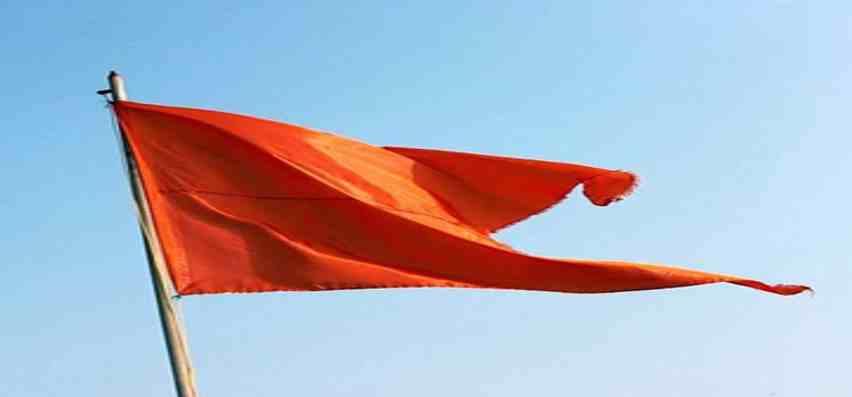
- The Maratha Empire was a true Indian power, as it fought off Mughal rule and established its own kingdom on the Indian subcontinent. Maratha warriors were a group of Hindus and Rajputs from Marathi who fought for the Hindu Maratha Empire. This empire was known for its cavalry, which was one of the most formidable in India at the time. Its dominant religion was Hinduism, and it had many temples dedicated to it throughout its territories. The majority of people living within its borders spoke Marathi, making it an important cultural force throughout western India during this period. Today’s Maharashtra state is named for this great kingdom, which has left its mark on Indian history forever.
Economic Impact Of The Maratha Empire
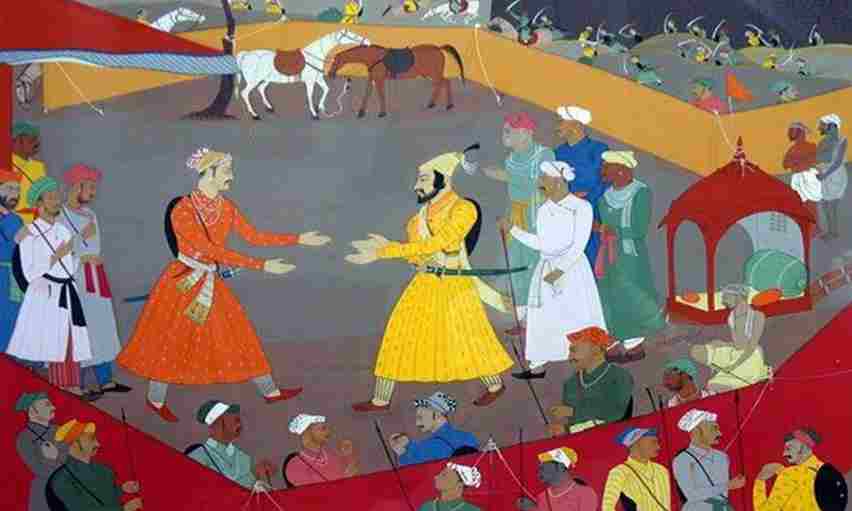
Economic history during the Maratha Empire is a fascinating topic for economic historians. During the Mughal collapse in the 18th century, India was thrown into chaos, and it was during this period that the Maratha Empire rose to power. This period also saw significant economic modernization, with increased trade between India and Europe through the East India Company. Economic growth began to become more evident under Maratha rule, which can be seen in its economic structure, with increased Indian trading interests taking off around this time. The exploitative rise of the East India Company also played a role in allowing Indian trading interests to expand even further while also providing additional avenues for economic growth. While there are many debates amongst economists over exactly how beneficial or detrimental the East India Company’s presence really was, what remains clear is that they did have an undeniable impact on both the Indian economy and its history overall.
During the Maratha Empire, individual Maratha chiefs were constantly at war with each other in an effort to control larger areas of land and expand their territories. This led to a series of succession struggles and wars between the various different lines of Marathas. The Kolhapur line was particularly strong and powerful during this period, but by the late 18th century, it was weakened by their own internal conflicts as well as British intervention. This allowed other Indian states, such as Bengal, to gain more control over the region during this time. The military aristocracy of the Peshwas also had a significant impact on the economy of India during this time, controlling large swathes of territory and generating revenues from taxation for themselves.
Maratha Administration
The Maratha power was further consolidated by the Peshwa raj, which formed a strong foundation for the Maratha administration. The Peshwaship was an office of a real administrator and authorized deputy of a Maratha king, and it had royal prerogatives to rule. Hindus were appointed to senior positions, Marathi was made an official language, and they also prepared their own state-of-the-art dictionaries like Raja Vyakrana Kosh for official purposes. The administrative system allowed efficient administration that enabled the state to expand its territories and control other states during its heyday. The Peshwas were especially influential in this regard, as they acted as intermediaries between the kings and their subjects, ensuring that royal orders were carried out with precision.
Maratha Administration comprised three departments:
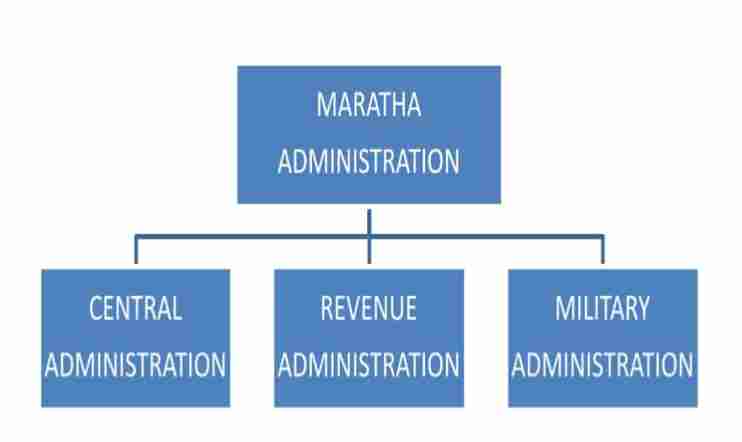
1. Central Administration:
- Chhatrapati Shivaji Maharaj divided his territory into three categories of provinces: prants, parganas, and tarafs, and all of these provinces were kept under the direct control of the viceroy, who in turn was accountable to the king.
Shivaji’s administration was highly centralised, and he was assisted by a group of Ashtapradhans (eight ministers). Each of those ministers was assigned a department and had to take care of it, and the King was at the top of the hierarchy.
Later, the Peshwa became all-powerful and was considered the ruler of the state, and all the others had to serve the army of the state in case of emergency, except the Panditarao and the Nyayadish.
Ashtapradhans:
- Peshwa (Aka Prime Minister) – Look after General Administration Department
- Amatya (Aka Majumdar) – Controller of finance and revenue
- Mantri (Aka Waquia Navis) – department of intelligence
- Surnavis (Aka Chitnis) – Royal Correspondence
- Senapati (AkaSari-i-Naubat) – Military Commander
- Nyayadish – Justice department
- Panditarao – Charity and Religious department
- Sumant (Aka Dabir) – Master of Royal ceremonies and foreign affairs.
2. Revenue Administration:
Chhatrapati Shivaji Maharaj abolished the system of Jagirdars and replaced it with the Ryotwari system.
The Mirasdars (who had hereditary control over the land) were also kept in check by the ruler.
The KATHI SYSTEM, or Malik Amber, was the foundation of the revenue system, according to which every piece of land was to be measured by a Rod, or Kathi.
- Taxes, which were imposed by the king, were the other sources of income. Two types of taxes were imposed during the Maratha period.
- Chauth– 1/4th of the standard price paid to Marathas for the protection of subjects in Non-Maratha territories.
- Sardeshmukh– 1/10th of the revenue demanded from an area outside the kingdom.
3. Military Administration:
Chhatrapati Shivaji Maharaj had an organized and disciplined army with a vast variety of warriors. Soldiers were trained in mountainous warfare methods and a unique fight technique named “guerrilla fight” (hide and ambush).
Infantry (mostly Mavali foot soldiers), cavalry, and navy were all part of the Maratha army.
Pindaris were also a part of the Maratha army.
- The normal soldiers of the army were paid in cash, and the higher officials of the army were paid with lands or ryots.
4. Organizational hierarchy of Military
Sar-i-Naubat (Senapati)
(Army In-charge)
⇓
Qiladars
(Officers of Forts)
⇓
Nayak
(Head of the infantry unit)
⇓
Havaldar
Jumladar
⇓
Ghuraw
(Boats loaded with guns)
⇓
Gallivat
(Rowing boats 40-50 rowers)
⇓
Paik
(Foot Soldiers)
The Decline Of The Maratha Empire
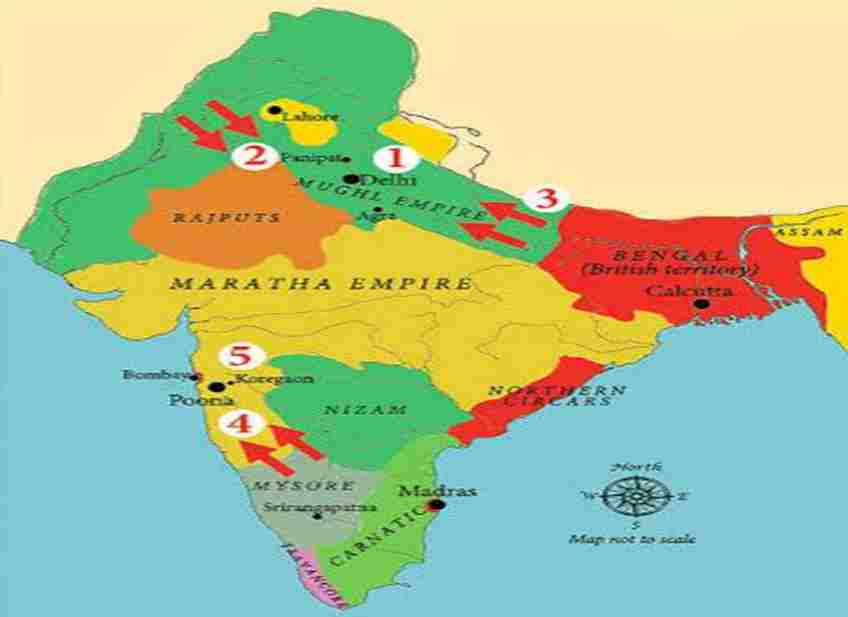
The Maratha Empire had its heyday in the 17th and 18th centuries but was dealt a heavy blow by the British East India Company during the Third Anglo-Maratha War. During the late 18th century, individual Maratha chiefs were able to control large swathes of India, with the Maratha Confederacy controlling vast areas of western, central, and some parts of northern India. The Peshwa family in Pune was the most influential member of this confederacy. Under Mahadji Shinde’s rule from 1760–1794, he was able to extend his control to Delhi in North India. However, succession struggles within the ruling family weakened their power and influence over other members of the Confederacy.
External powers, such as the East India Company, were able to take advantage of this and expand their own territories at the expense of Maratha’s power. By 1818, all major battles against them had been lost, and they had been reduced to a minor political entity within British India. The Marathas, who had previously established a strong confederacy in much of the Indian subcontinent, were defeated by Britain’s superior technology and military tactics. This marked the end of their dominance in Delhi, Uttar Pradesh, and other parts of what is now known as East India. As a result of this defeat, much of their lands were annexed to British rule, and their economic power suffered greatly as they lost valuable resources such as cotton and spices. This ultimately led to the decline of the Maratha Empire on the Indian subcontinent.
Legacy Of The Maratha Empire
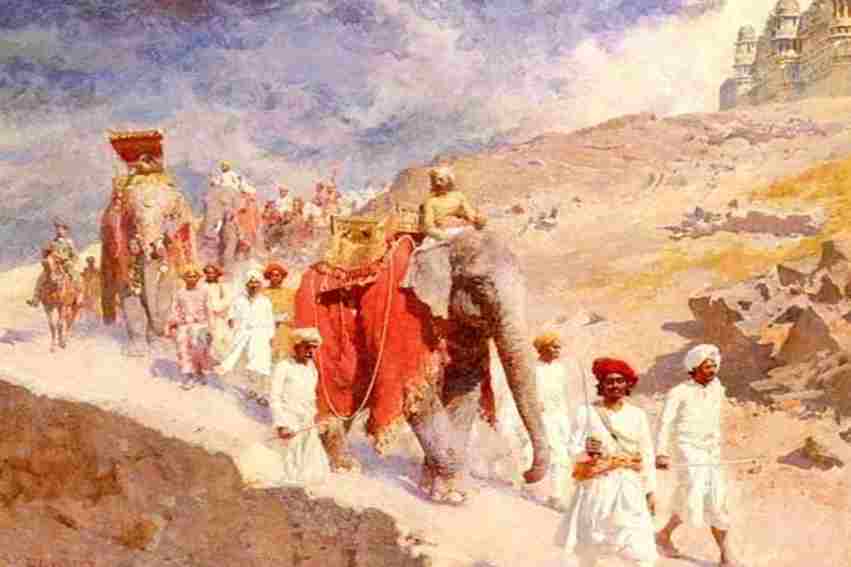
- With shrewd military tactics and strategic alliances, the Maratha Empire became a formidable force against the Mughal Empire and later against the British East India Company too. The legacy of the Maratha Empire is still remembered today for its strong leadership by heroic Chhatrapati Shivaji and Sahu, as well as for the efficient administrative system that incorporated various local rulers into it with unique expansion strategies. It is also remembered for its contributions towards unifying much of South Asia under one banner and establishing a strong presence in parts of the Indian subcontinent as well as English East India Company territories.
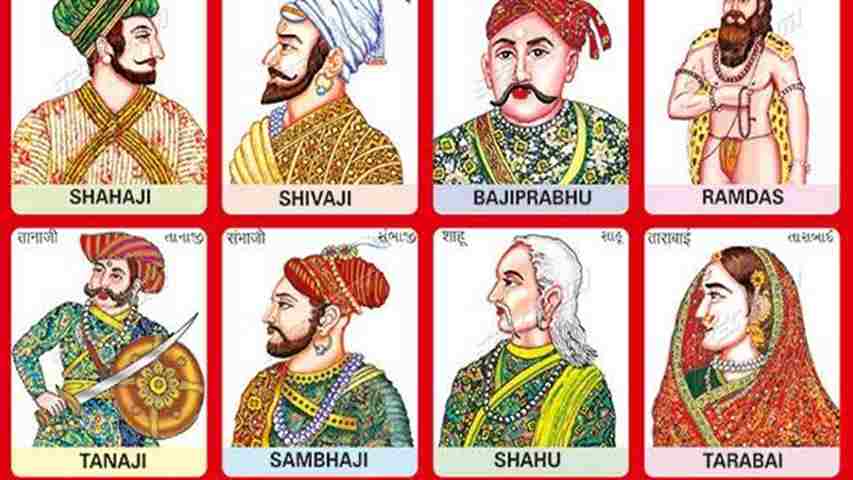
Brief Successions Of The Maratha Empire's Rulers

- The Maratha Empire was founded by the legendary hero Chhatrapati Shivaji Maharaj and expanded during the rule of Peshwa Bajirao. It reached its peak during the reigns of rulers like Sambhaji, Shivaji’s son, and Rajaram, his brother. Following Rajaram’s death, Tarabai became regent to Sambhaji’s young son Shahu, who eventually took control. However, she also served as a leader in her own right for several years and fought off invasions from Mughal forces. Her bravery is remembered even today in Maharashtra, where she is revered as a symbol of female power in politics. Eventually, Sambhaji’s half-brother Chattrapati Shambhuji came to power but was deposed by his own mother Tarabai, who then ruled as regent on behalf of Shahu until he came of age.
Notable Periods Of The Maratha Empire
1674: Shivaji Raj Bhosale was assumed to hold the title of Chhatrapati
1680: Chhatrapati Shivaji Maharaj dies; Chhatrapati Shambhaji Maharaj ascends the title.
1707: Shahu I became the Chhatrapati
1713: Appointment of Balaji Vishwanath as Peshwa
1720: Baji Rao I became Peshwa
1730: Peshwa Baji Rao moved to Pune.
1740: Peshwa Baji Rao died, and Balaji Baji Rao took over as ruler.
1761: Peshwa Balaji Baji Rao died in the 3rd Battle of Panipat.
1796: Peshwa Baji Rao II succeeds to the throne
1818: Peshwa Baji Rao II surrendered to the British, beginning the fall of the Maratha Empire.
1828: A massive fire burned down Shaniwarwada.
Top 13 Facts About Maratha Empire
Shivaji Bhosale was the founder of the Maratha Empire.
1674–1818 was the ruling period of the Maratha Empire.
Raigad Fort was the first capital of the Maratha Empire.
When the Mughals came dangerously close to conquering Raigad Fort, Rajaram Maharaj, Sambhaji Maharaj’s stepbrother, relocated to Sinhgad Fort, and his frequent residency at Jinji Fort temporarily gave it the status of capital.
When Shahu Maharaj (son of Sambhaji Maharaj) battled and defeated Maharani Tarabai (wife of Rajaram Maharaj) in the battle of Khed, it forced Maharani Tarabai to retreat and create a rival kingdom at Kolhapur, crowning Shivaji II as Chhatrapati of Kolhapur in opposition to Shahu Maharaj’s at Satara. The Treaty of Warna in 1731 settled this dispute, and hence the Maratha Empire split into two kingdoms with Satara and Kolhapur as their capitals.
When power shifted from Shahuji Maharaj to Peshwa in the 18th century, Pune replaced Satara as the capital of the Maratha Empire.
The government of the Maratha Empire was based on a complete monarchy.
Marathi was the official court and literature language, and Sanskrit was the religious language of the Maratha Empire.
The Maratha Empire was preceded by the Adil Shahi dynasty in the 16th century.
The British East India Company succeeded the Maratha Empire in the 18th century.
Even after the defeat of Peshwa Bajirao II, the last Maratha ruler, the area he ceded was treated as a separate administrative unit for almost a decade.
The Maratha Light Infantry (which was formed in 1768) is the oldest light infantry regiment of the Indian Army, professing the battle cry Bol, Shri Chhatrapati Shivaji Maharaj Ki Jai.
Sambhaji Raje, the 13th direct descendant of Shivaji Maharaj and great-grandson of Shahu of Kolhapur, and Udayanraje Bhosale (the grandson of Shahu III of Satara, from adopted lineage) are in active politics. Scindias in active politics are not only direct descendants of Shivaji Maharaj but also of the Maratha clan.



